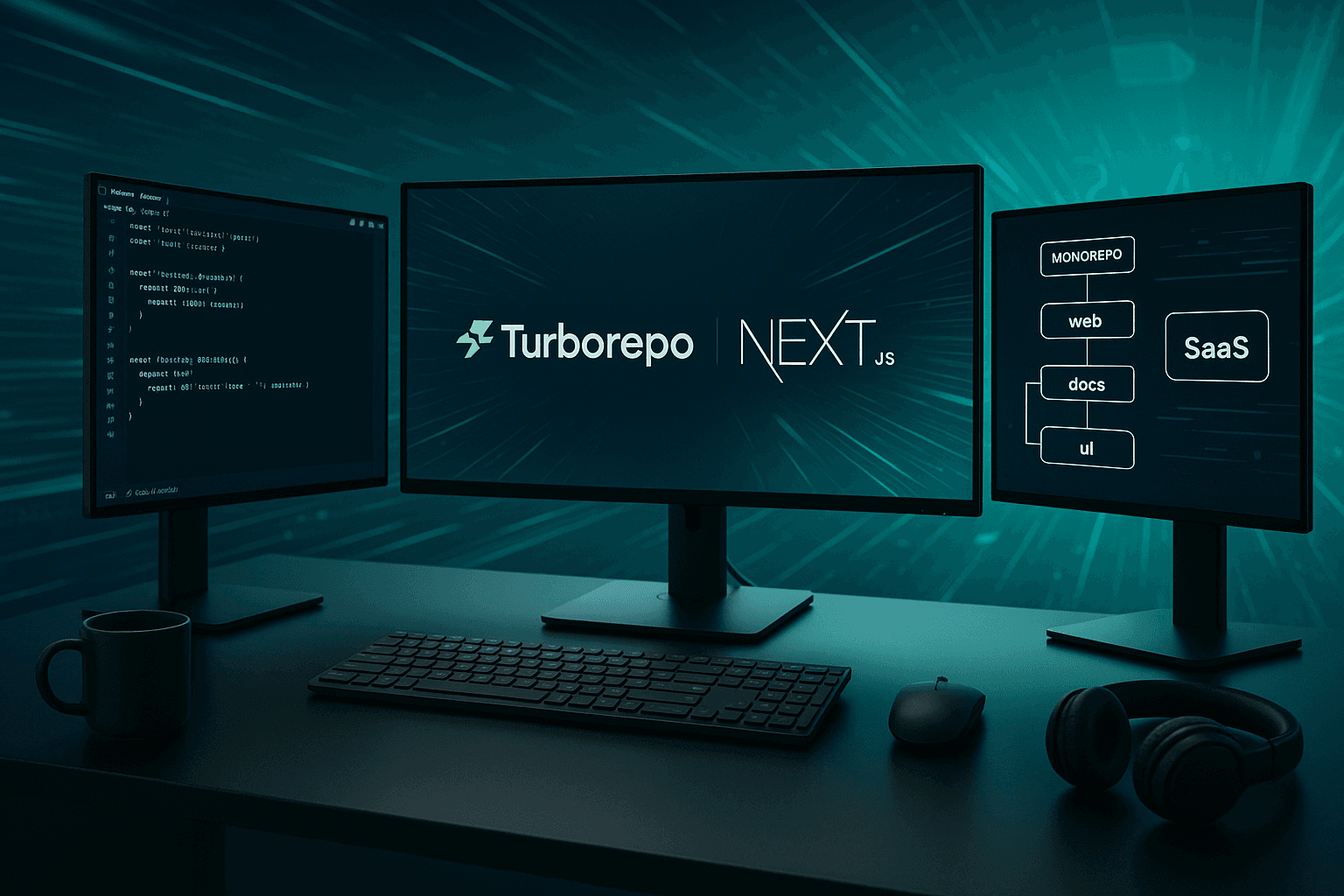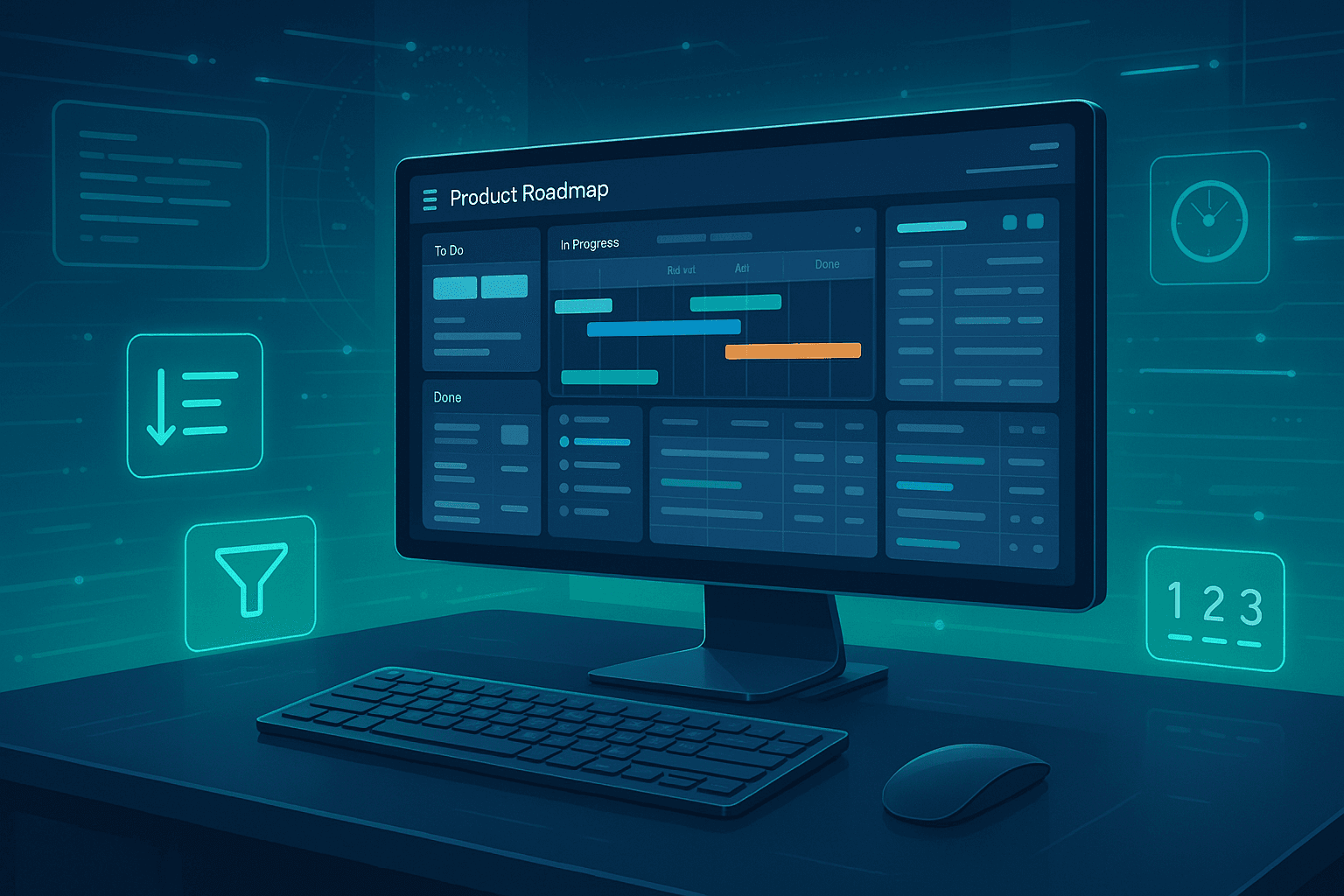From Cron Jobs to Event-Driven: Rethinking Background Tasks in Serverless Apps
Explore why SaaS teams are moving from traditional cron jobs to event-driven background processing. Learn how this shift enables real-time workflows, boosts reliability, and unlocks new possibilities for serverless and AI-powered applications.

The current state of SaaS background processing
For years, background processing in SaaS applications has revolved around the humble cron job. Whether it’s cleaning up expired sessions, sending scheduled emails, or crunching analytics, developers have relied on cron-based schedules to automate repetitive work. Cron jobs are familiar, reliable, and easy to implement—even across polyglot stacks or legacy infrastructure. In monolithic environments or traditional VMs, they’ve been the backbone for routine maintenance and business logic that doesn’t fit neatly into a request-response cycle.
However, as SaaS architecture moves towards serverless, distributed, and event-driven paradigms, the limitations of cron jobs are becoming more apparent. Serverless platforms like Vercel, AWS Lambda, and Supabase Functions promise scalability, cost efficiency, and operational simplicity, but they also introduce new challenges for background processing:
- Stateless execution environments limit persistent scheduling.
- Cold starts can introduce unpredictable delays.
- Scaling out jobs can become complex as workloads grow.
- Dependency on external schedulers or "always-on" containers undermines serverless value.
SaaS teams are now questioning: Is the trusty cron job still fit for purpose in 2025’s cloud-native world? Or is it time for a new approach?
Why this matters now
The shift toward event-driven architectures is more than a technical trend—it’s a strategic advantage for modern SaaS teams. Speed, resilience, and adaptability are the new currency for startups and established platforms alike. Here’s why rethinking background tasks now is critical:
- Serverless is mainstream: From indie hackers to enterprise SaaS, the adoption of serverless platforms is accelerating. This changes the reliability and economics of background processing.
- User expectations are real-time: Modern users expect instant feedback, live notifications, and seamless workflows—latency from delayed cron jobs can erode trust and perceived value.
- Growing complexity: SaaS products are integrating AI, microservices, and multi-channel automation. Manual scheduling and polling are brittle at scale.
- Cloud-native events: Platforms like Supabase, AWS EventBridge, and Next.js App Router are pushing first-class support for events, triggers, and real-time data flows.
“Traditional cron jobs are increasingly out of sync with the expectations and realities of modern SaaS. Event-driven systems unlock real-time experiences, improved reliability, and greater operational agility.”
Ignoring this shift risks building on outdated foundations—slowing down your team and limiting your product’s potential.
Our unique perspective
At EliteSaaS, we’ve worked with dozens of SaaS teams navigating the move from scheduled jobs to event-driven workflows. Our experience shows that the transition unlocks not just technical improvements, but new creative and business possibilities.
Key learnings from our journey:
- Cron jobs are simple, but brittle: They’re easy to set up but hard to scale, monitor, and debug in distributed environments. Failure modes can go undetected for days.
- Event-driven unlocks real-time SaaS: By reacting to real data changes—user signups, payments, file uploads—you can trigger background processes instantly, delivering a richer user experience.
- Background job queues are essential: Systems like Supabase’s Realtime, or custom queues with notifications, provide reliability, monitoring, and status tracking—critical for production-grade SaaS.
- AI-powered tasks thrive in event-driven flows: Whether it’s auto-generating marketing content, updating metadata, or analyzing user behavior, event-driven systems make it easy to plug in async AI processes without blocking the UI or risking timeouts.
For example, in EliteSaaS, when a user generates new branding assets, an event triggers a background job that handles AI image generation and notifies the user in real-time as progress updates stream in. No more waiting for scheduled jobs—just instant, delightful feedback.
The result?
- Zero friction for developers: No more wrestling with external schedulers or polling loops.
- Predictable, observable operations: Every background task is tracked and surfaced in the UI.
- Maximum developer flow: Focus on creative features, not infrastructure plumbing.
Actionable insights for SaaS developers and founders
Transitioning from cron to event-driven background processing isn’t just about swapping tools—it’s about rethinking how your product responds to change. Here are actionable steps to make the leap:
- Audit your current jobs: Identify which tasks are truly periodic (e.g., daily summaries) versus those that should react to user or data events (e.g., new file uploads, payments).
- Adopt a job queue system: Use solutions like Supabase Realtime, BullMQ, or custom event-bus implementations to manage background work. Ensure it supports retries, monitoring, and real-time notifications.
- Embrace event sources: Use platform triggers, webhooks, or real-time data listeners to kick off background tasks instantly when relevant changes occur.
- Prioritize developer experience: Choose tools and patterns that align with your stack—TypeScript, Next.js 15, Supabase, and Tailwind CSS all offer modern solutions for event-driven jobs.
- Instrument and observe: Implement structured logging, error tracking, and UI feedback for every background process. Users should always know what’s happening with their requests.
- Test for edge cases: Simulate failures, retries, and high-load scenarios. Event-driven doesn’t mean error-free, so robust handling is essential.
Remember: The goal isn’t to eliminate all scheduled tasks, but to ensure your background processing matches the expectations of modern SaaS—responsive, reliable, and elegant.
Future predictions
The background processing landscape will continue to evolve rapidly. Here’s what we expect over the next 2-3 years:
- Event-driven will become the default: Most new SaaS products will launch without traditional cron jobs, relying on native events and background queues.
- Real-time user feedback is table stakes: Users will expect live progress and instant notifications for any async task—no more “check back later” UIs.
- AI and automation will grow: As AI-powered features proliferate, event-driven backgrounds will enable complex, multi-step workflows that feel seamless to end users.
- Platform-native solutions will mature: Expect richer support for events, queues, and observability directly in platforms like Vercel, Supabase, and beyond.
- Hybrid models for legacy and edge cases: Some periodic jobs will persist, but they’ll be managed alongside event-driven systems for full visibility and control.
“By 2027, SaaS users won’t wait for scheduled jobs—they’ll expect every action to trigger intelligent, immediate results.”
How to prepare for what's coming
To stay ahead of the curve, SaaS teams should start transitioning now. Here’s how to future-proof your background processing:
- Invest in modern tooling: Adopt frameworks and platforms that natively support event-driven jobs and real-time feedback.
- Design for observability: Bake monitoring, alerts, and progress indicators into every async workflow.
- Document your patterns: Make event-driven architecture a first-class part of your engineering culture and onboarding.
- Test and iterate: Start small, migrate critical flows first, and expand as your team gains confidence.
- Leverage AI for content and automation: Don’t just automate tasks—use AI to make them smarter, more personalized, and more valuable to users.
The shift from cron jobs to event-driven background processing isn’t just a technical upgrade—it’s a foundation for building SaaS products that delight users and empower developers to create with confidence.
Ready to build on the future?
Unlock seamless, event-driven background processing with modern SaaS infrastructure that gets out of your way. Experience the next generation of developer flow, user delight, and operational excellence.

